Tech Industry
Latest about Tech Industry
-
-

Huge Microsoft outage ongoing across 365, Xbox, and beyond — deployment of fix for Azure breakdown starts rolling out
By Stephen Warwick Last updated
-

Windows 11 videos demoing account and hardware requirements bypass purged from YouTube creator's channel
By Jowi Morales Published
-

Nvidia's market capitalization hits $5.12 trillion
By Anton Shilov Published
-

China deploys wind-powered underwater data center off Shanghai coast
By Luke James Published
-

Grieving family uses AI chatbot to cut hospital bill from $195,000 to $33,000
By Mark Tyson Published
-
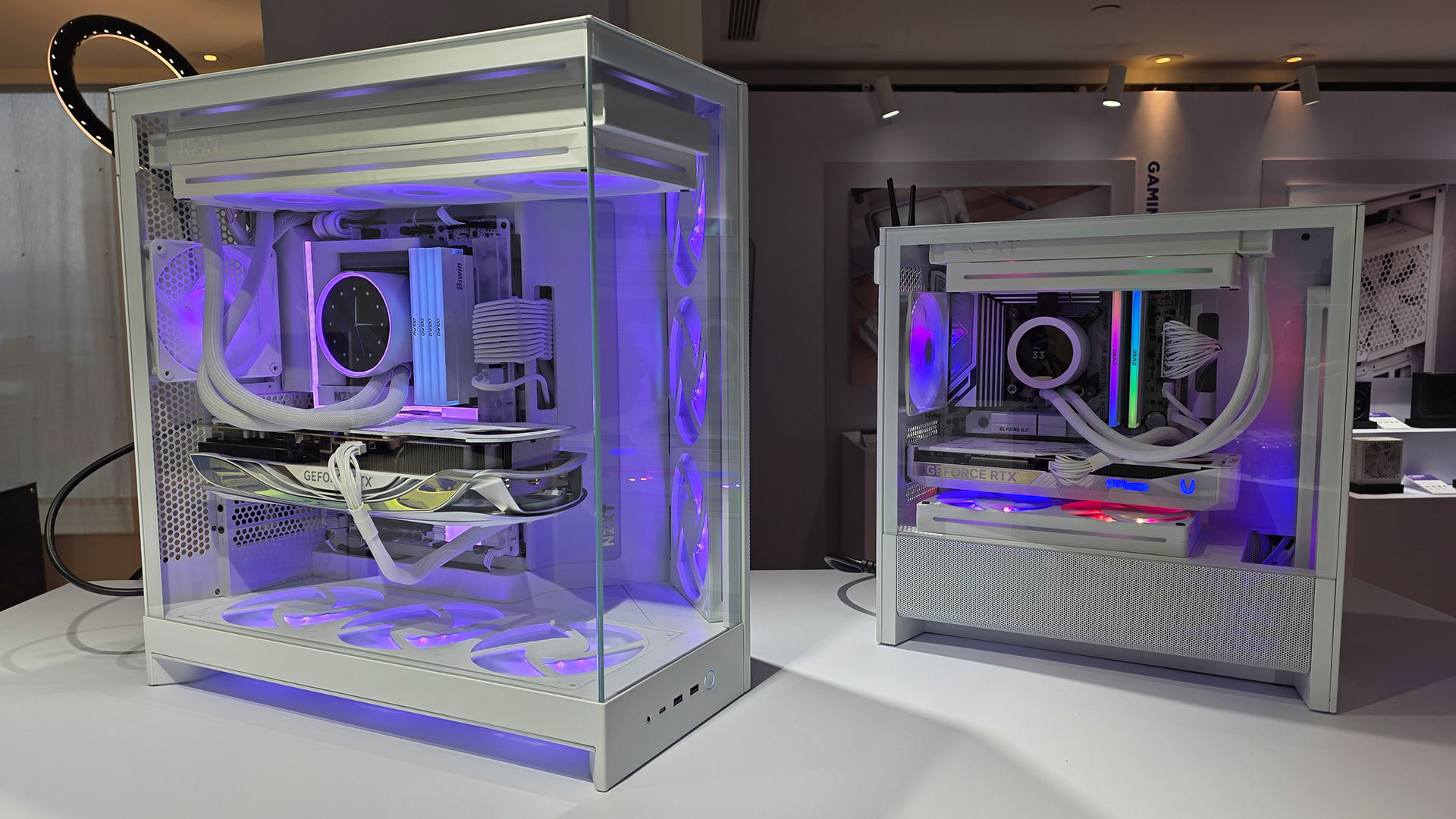
NZXT hit with civil RICO suit in California over controversial PC rental biz
By Luke James Published
-
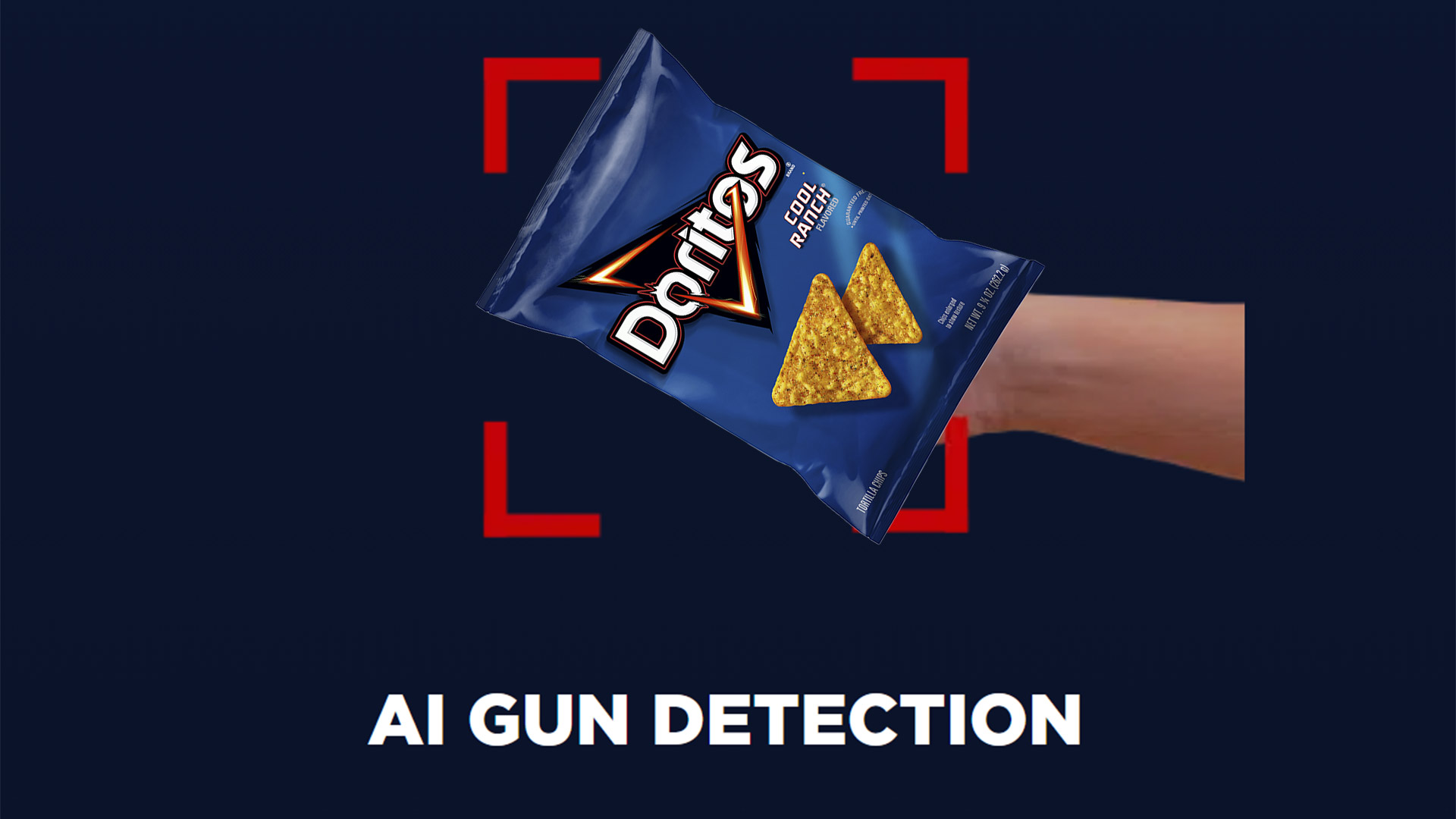
Cops alerted by AI gun detection system arrest high school student holding bag of Doritos
By Mark Tyson Published
-
Explore Tech Industry
Artificial Intelligence
-
-

Nvidia's market capitalization hits $5.12 trillion
By Anton Shilov Published
-

Grieving family uses AI chatbot to cut hospital bill from $195,000 to $33,000
By Mark Tyson Published
-

Cops alerted by AI gun detection system arrest high school student holding bag of Doritos
By Mark Tyson Published
-

OpenAI and Microsoft agree to turn OpenAI into public benefit corporation, Microsoft keeps 27% stake
By Hassam Nasir Published
-

Nvidia announces reference design for gargantuan gigawatt-scale Omniverse DSX data centers
By Anton Shilov Published
-

OpenAI calls on U.S. to build 100 gigawatts of additional power-generating capacity per year
By Jon Martindale Published
-

China builds neuromorphic AI server the size of a mini-fridge
By Sunny Grimm Published
-

Qualcomm unveils AI200 and AI250 AI inference accelerators
By Anton Shilov Published
-

China's autonomous military combat drone powered by DeepSeek highlights Nvidia reliance
By Jowi Morales Published
-
Big Tech
-
-

Windows 11 videos demoing account and hardware requirements bypass purged from YouTube creator's channel
By Jowi Morales Published
-

AWS outage post-mortem fingers DNS as the culprit that took out a chunk of the internet and services for days
By Bruno Ferreira Published
-

Palantir chief takes a jab at Nvidia CEO Jensen Huang, says people decrying ‘China hawks’ are useful idiots
By Jowi Morales Published
-

Adata chairman says AI datacenters are gobbling up hard drives, SSDs, and DRAM alike
By Bruno Ferreira Published
-

Nvidia 800 VDC power rollout for 1 megawatt server racks to be supported by ABB
By Bruno Ferreira Published
-

Michigan township sued by AI data center builder and disgruntled residents over opposition to the site
By Bruno Ferreira Published
-

TSMC says Intel didn’t ask for investments — denies existence of talks for partnership, joint venture
By Jowi Morales Published
-

President Trump reignites 'digital barriers' issue warning that tariffs would be imposed on countries that 'harm US IT companies'
By Jowi Morales Published
-

U.S. gov't will take a 9.9% ownership stake in Intel (Update)
By Andrew E. Freedman Last updated
-
Cryptocurrency
-
-

New stablecoin connects crypto investors to real-world Nvidia AI GPUs that earn money by renting out compute power to AI devs
By Jowi Morales Published
-

PayPal crypto partner accidentally mints stablecoins worth double the world’s total GDP
By Mark Tyson Published
-

DoJ seizes $15 billion in Bitcoin from Cambodian fraudster who ran 'pig butchering' scam using forced labor
By Mark Tyson Published
-

Bitcoin rockets to all-time high of over $125,000
By Jowi Morales Last updated
-

Thailand’s $15B TouristDigiPay scheme will let visitors convert crypto to Baht
By Hassam Nasir Published
-

Stablecoins gain critical mass after GENIUS Act cements rules
By Jon Martindale Published
-

$3.5 billion Bitcoin hack from 2020 dwarfs Mt. Gox in value, is worth $14.5 billion today
By Aaron Klotz Published
-

FBI seizes $2.4 million in Bitcoin from member of recently ascendant Chaos ransomware group
By Aaron Klotz Published
-
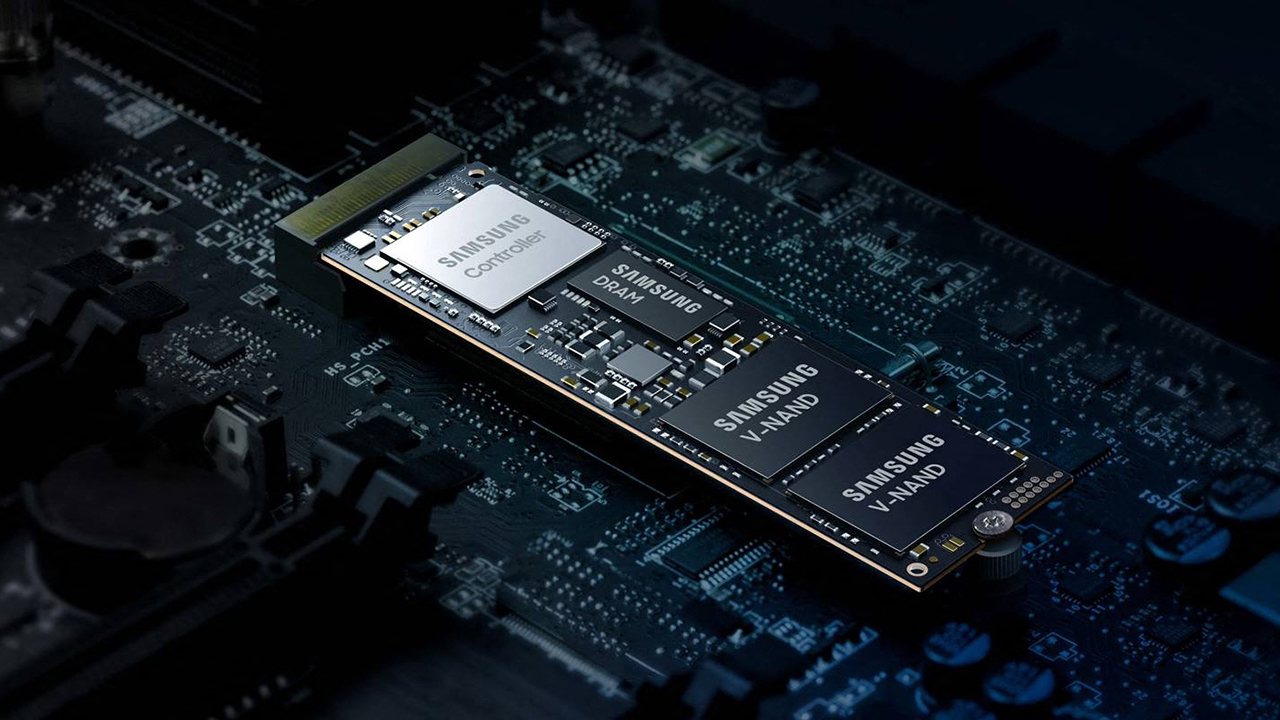
Crypto wallet Chrome extension is eating SSD storage at an alarming rate
By Nathaniel Mott Published
-
Cybersecurity
-
-
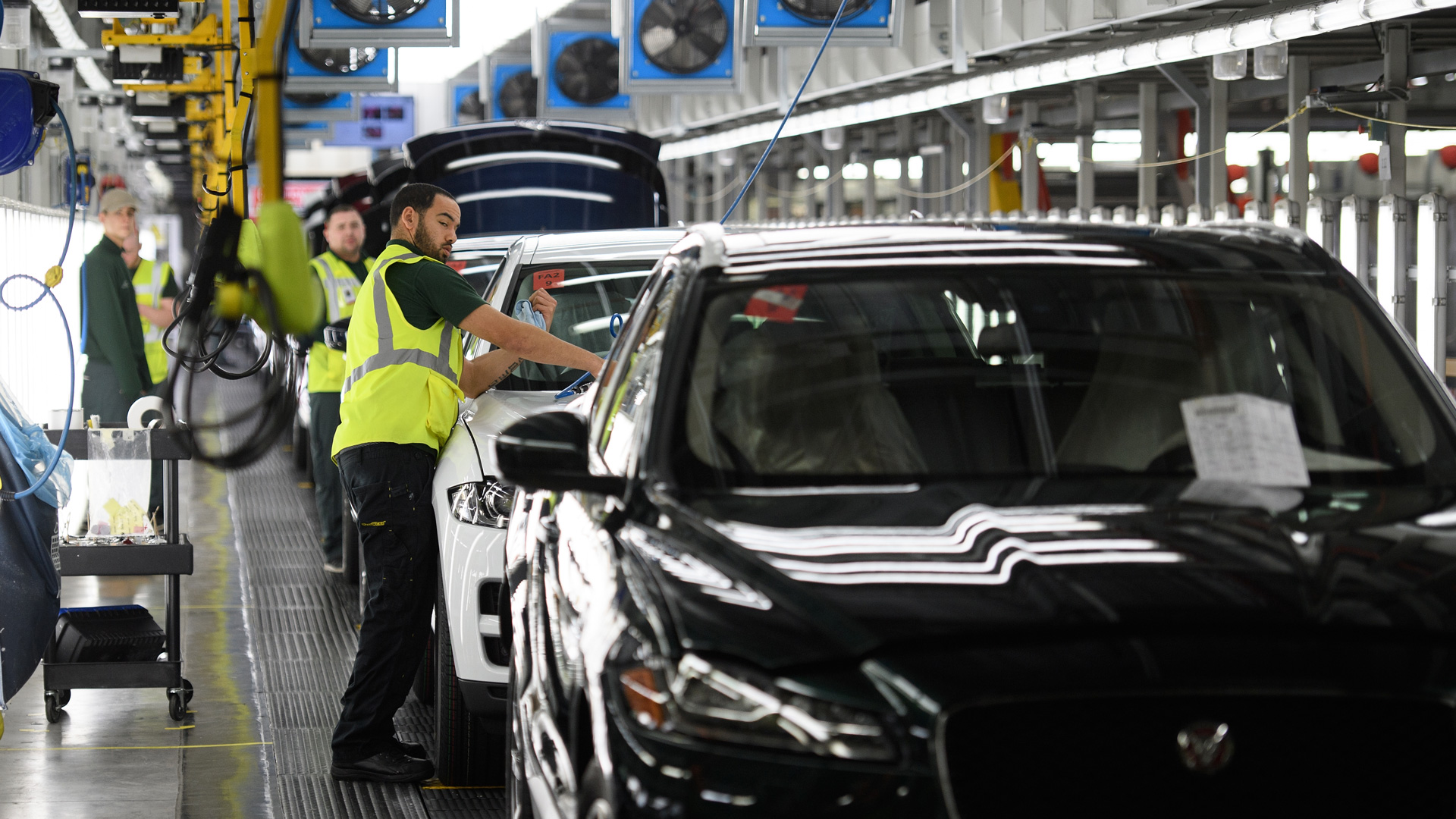
Catastrophic Jaguar Land Rover cyberattack to cost UK economy $2.5 billion
By Jon Martindale Published
-

China says it has foiled a series U.S. cyberattacks on its critical infrastructure
By Mark Tyson Published
-

North Korean state-sponsored hackers slip unremovable malware inside blockchain to steal cryptocurrency
By Luke James Last updated
-

Chinese victims of convicted 'Bitcoin Queen' may have trouble getting their $7.3 billion back from UK government
By Sunny Grimm Published
-
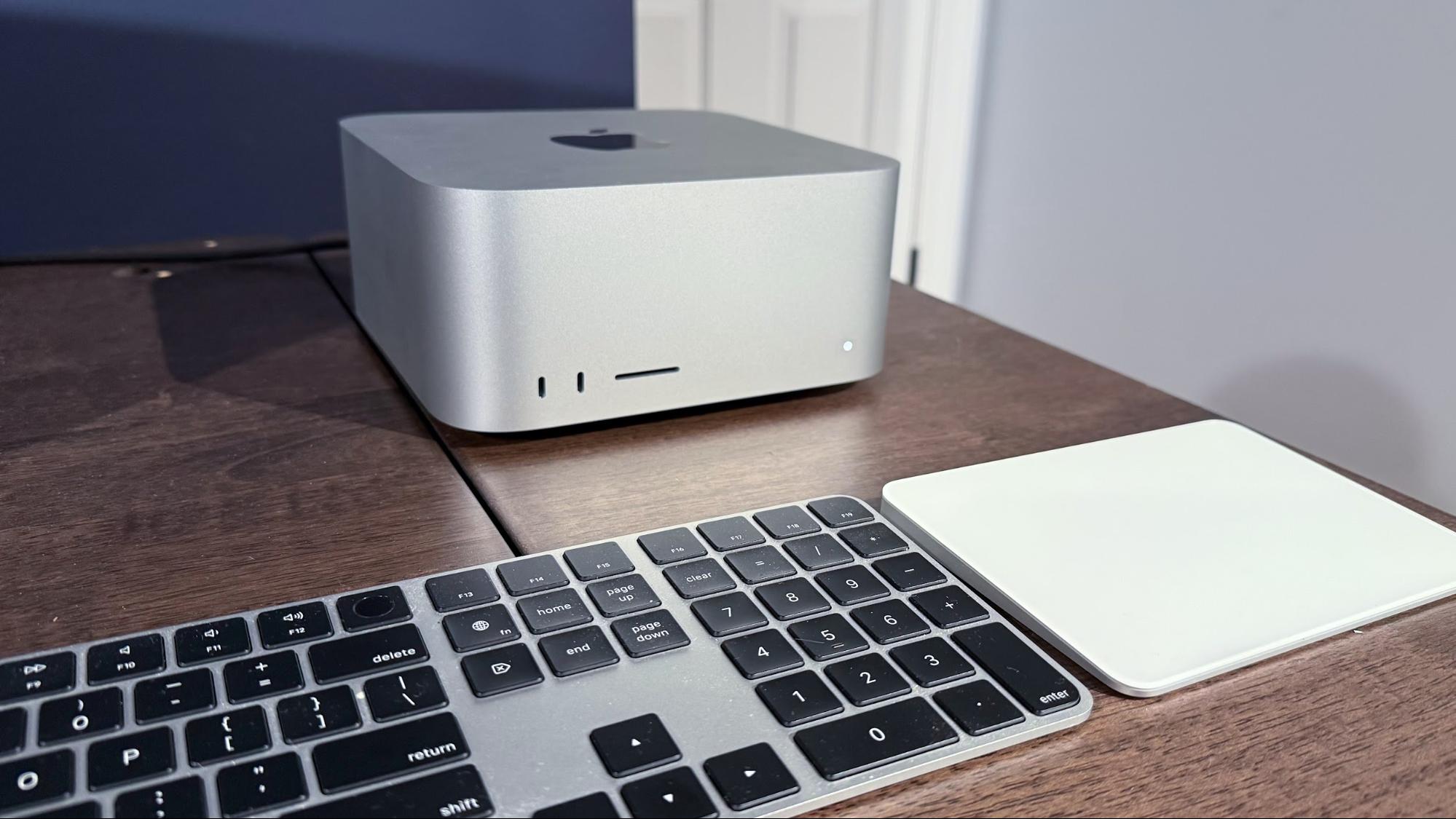
Apple doubles security bounty to $2 million
By Jowi Morales Published
-

Nintendo allegedly hacked by Crimson Collective hacking group
By Jowi Morales Published
-

New 7-Zip high-severity vulnerabilities expose systems to remote attackers
By Luke James Published
-

Discord says only 70,000 government ID photos exposed in third-party service breach, denies 2.1 million figure — says it won't pay $3.5 million ransom
By Jon Martindale Published
-

91% of universities and 43% of businesses hit by cyberattack in UK this year
By Jon Martindale Published
-
Manufacturing
-
-
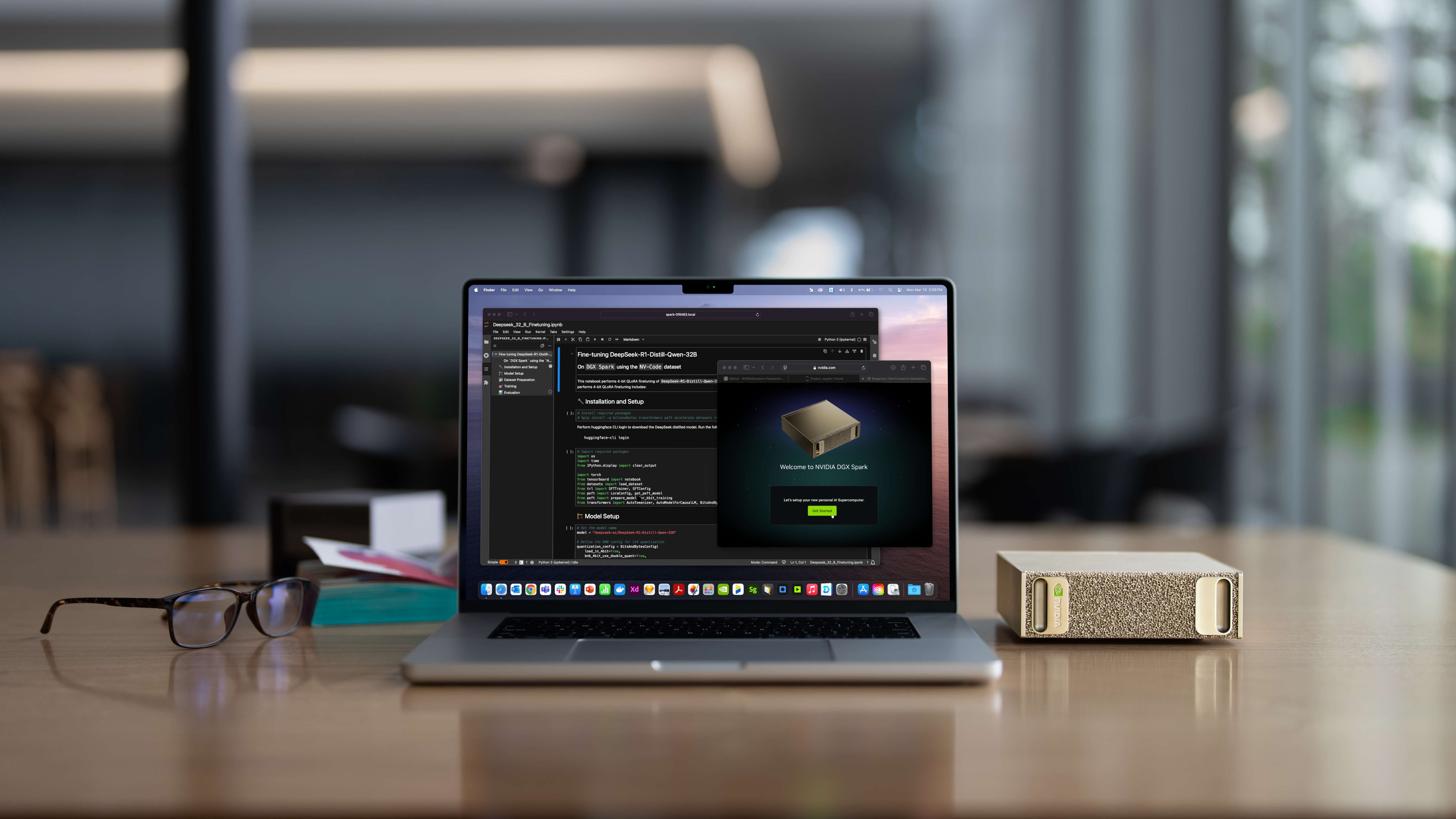
AMD swoops in to help as John Carmack slams Nvidia's $4,000 DGX Spark
By Luke James Published
-
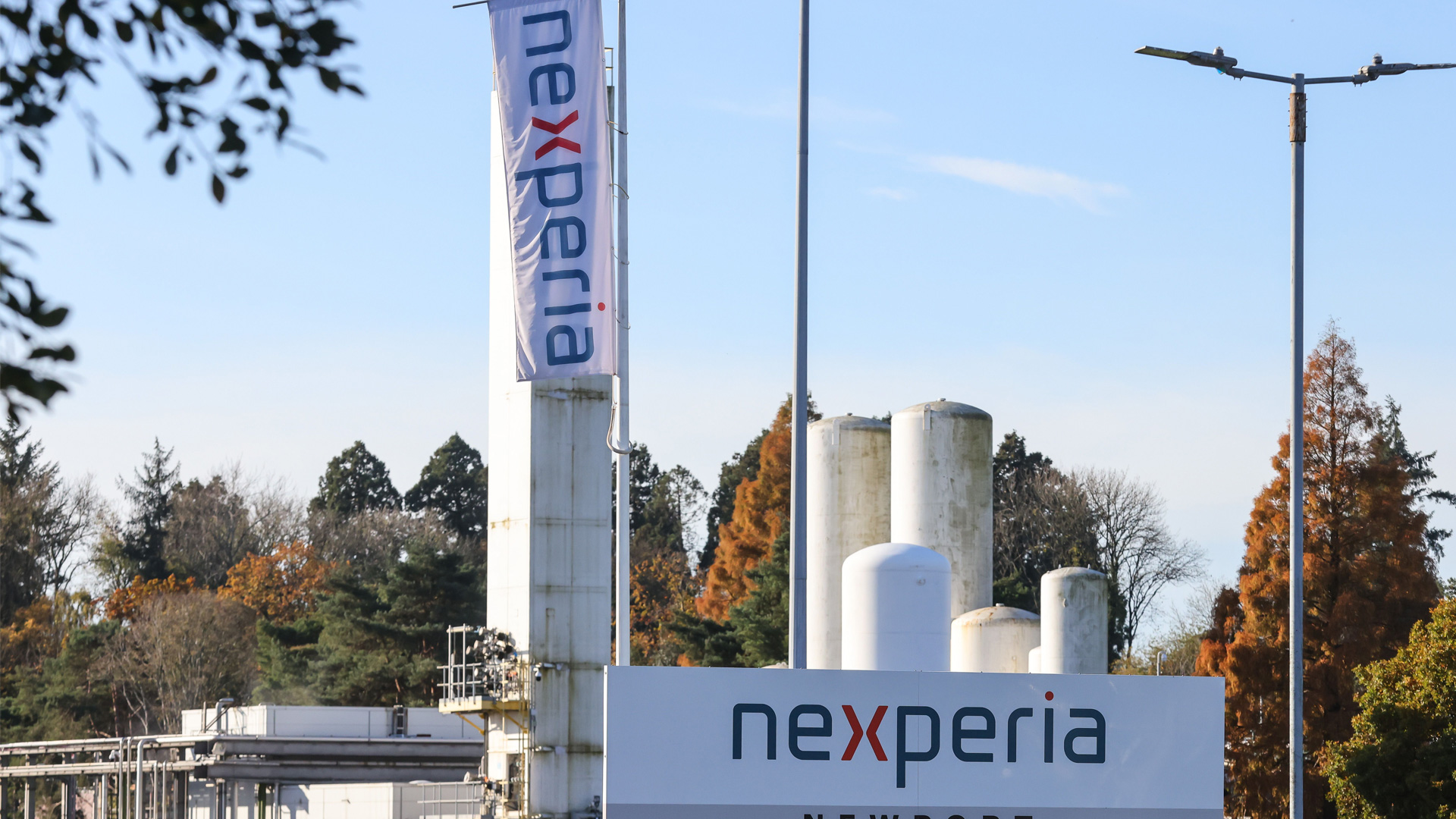
Nexperia's China parent Wingtech declares cash-flow risk despite massive 280% profit surge
By Luke James Published
-

TSMC says China's rare-earth export restrictions will have limited short-term impact on company
By Jowi Morales Published
-
 Premium
PremiumAMD reportedly establishes $280 million silicon photonics hub in Taiwan — new R&D center could accelerate company's co-packaged optics roadmap
By Anton Shilov Published
-
 Premium
PremiumEuropean think tank considers punitive DUV machine export ban following China's latest round of rare earth export controls
By Luke James Last updated
-

Nexperia fallout threatens automobile production as Japanese carmakers warn of supply disruptions while European companies prep assembly line shut-downs
By Anton Shilov Published
-

Chinese companies unveil a swathe of breakthrough chipmaking innovations at tradeshow
By Anton Shilov Published
-

Chinese memory maker reportedly preparing for $42 billion IPO
By Jowi Morales Published
-
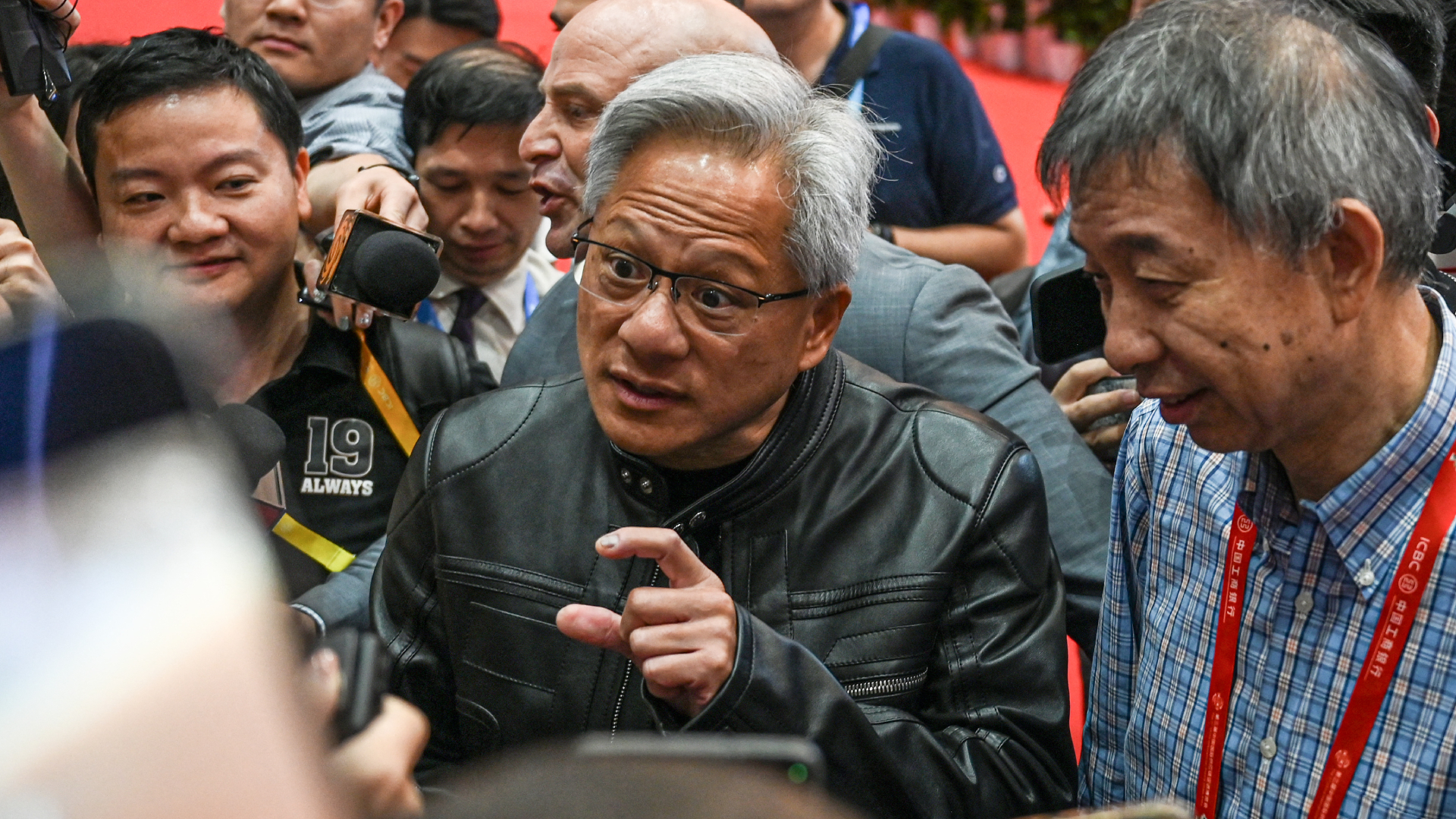 Premium
PremiumNvidia's China presence hits zero, says CEO Jensen Huang, and companies are already working around it
By Luke James Published
-
Quantum Computing
-
-

IBM's boffins run a nifty quantum error-correction algorithm on conventional AMD FPGAs
By Bruno Ferreira Published
-

Trump administration to follow up Intel stake with investment in quantum computing, report claims
By Anton Shilov Published
-

Google's Quantum Echo algorithm shows world's first practical application of Quantum Computing — Willow 105-qubit chip runs algorithm 13,000x faster than a supercomputer
By Bruno Ferreira Published
-

Harvard researchers hail quantum computing breakthrough with a machine that can run for two hours
By Jowi Morales Published
-

Quantum internet is possible using standard Internet protocol
By Sunny Grimm Published
-
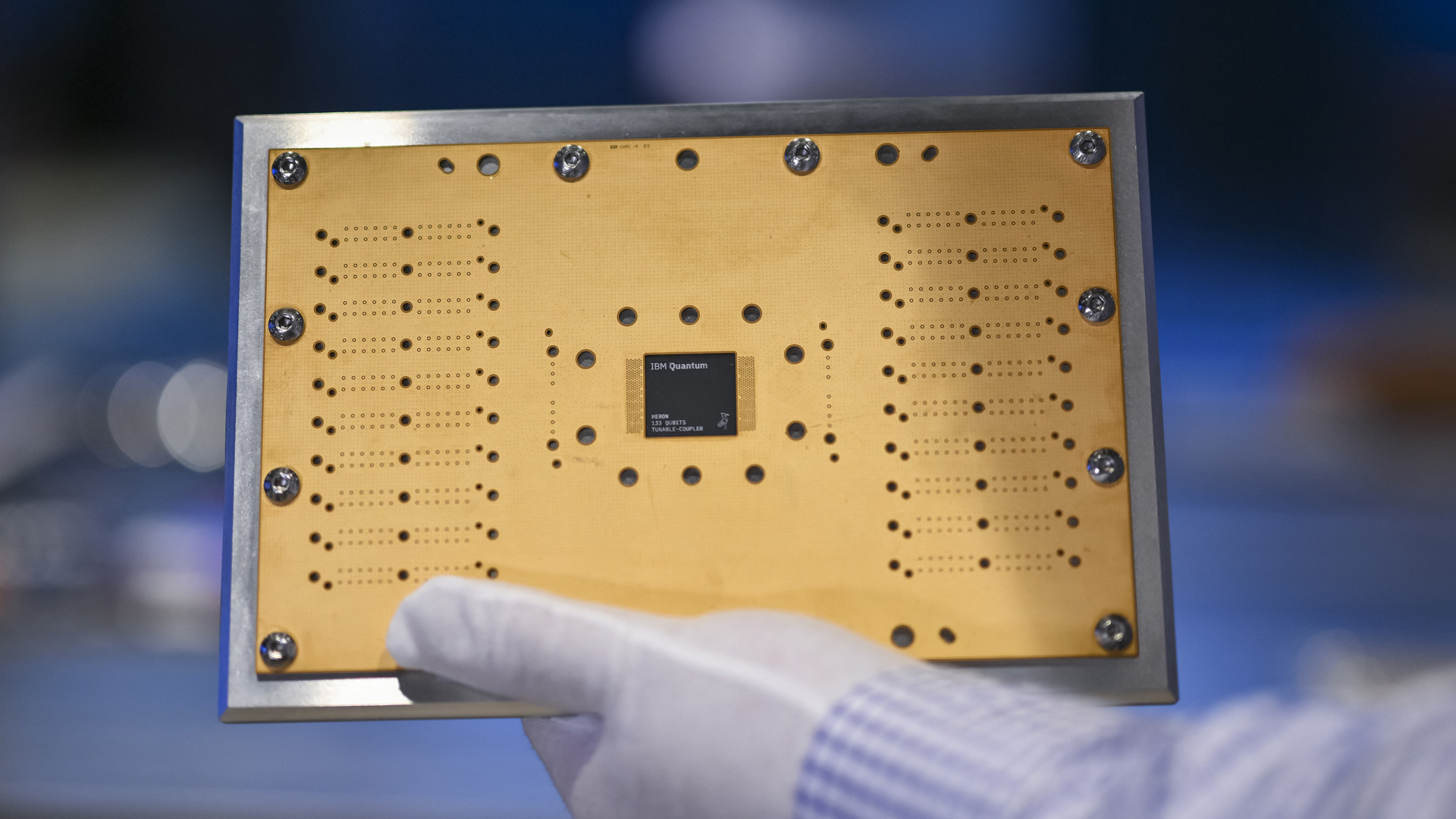
Quantum machine learning unlocks new efficient chip design pipeline
By Jon Martindale Published
-
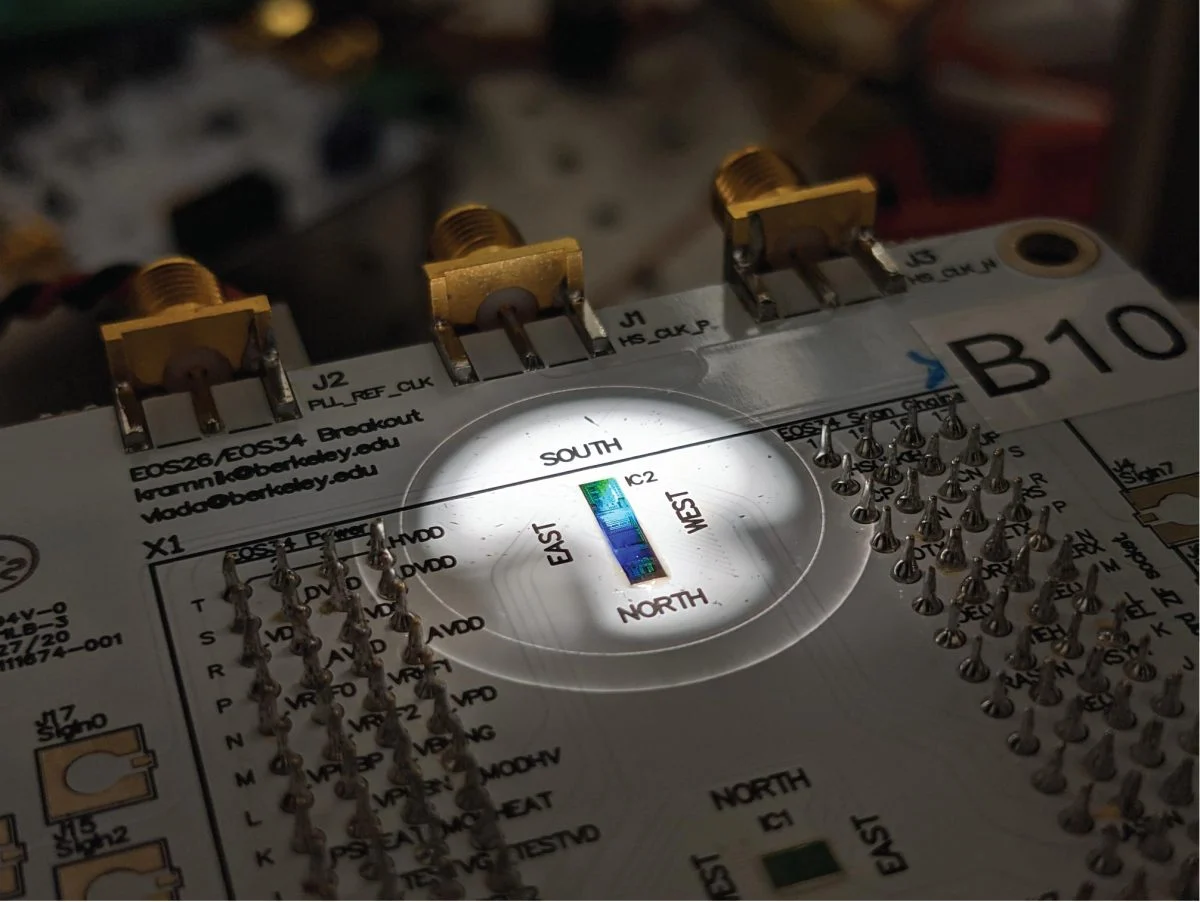
The world's first hybrid chip combining photonics and electronics with quantum computing is here, and it's built like a normal silicon SoC
By Hassam Nasir Published
-

IBM is building a large-scale quantum computer that 'would require the memory of more than a quindecillion of the world's most powerful supercomputers' to simulate
By Mark Tyson Published
-
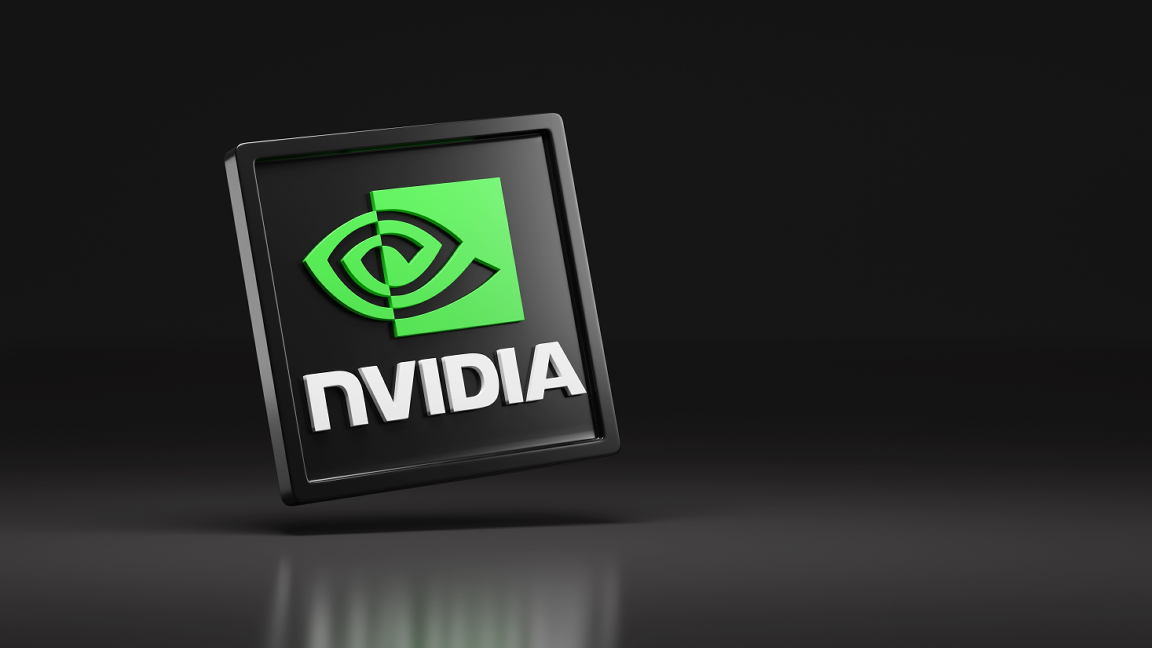
Nvidia in talks to invest in PsiQuantum
By Ash Hill Published
-
Supercomputers
-
-

Nvidia to build seven AI supercomputers for the U.S. gov't with over 100,000 Blackwell GPUs
By Anton Shilov Published
-

Nvidia unveils Vera Rubin supercomputers for Los Alamos National Laboratory
By Anton Shilov Published
-

U.S. Department of Energy and AMD cut a $1 billion deal for two AI supercomputers
By Bruno Ferreira Published
-

China's supercomputer breakthrough uses 37 million processor cores to model complex quantum chemistry at molecular scale
By Anton Shilov Last updated
-

Start-up hails world's first quantum computer made from standard silicon
By Luke James Published
-

Nvidia GPUs and Fujitsu Arm CPUs will power Japan's next $750M zetta-scale supercomputer
By Hassam Nasir Published
-

AMD's massive GPU VRAM on its Instinct cards has broken Linux's hibernation feature
By Hassam Nasir Published
-

AMD supercomputers take gold and silver in latest Top500 as Chinese HPC remains shrouded in secrecy
By Anton Shilov Published
-

'Brain-inspired' supercomputer with no GPUs or storage switched on
By Aaron Klotz Published
-
Superconductors
-
-

New 3D printing process could improve superconductors
By Ash Hill Published
-
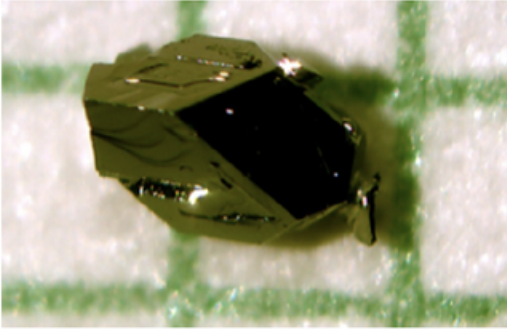
New research shows naturally occurring mineral is an 'unconventional superconductor' when purified
By Christopher Harper Published
-

New research reignites the possibility of LK-99 room-temperature superconductivity
By Francisco Pires Published
-

U.S. Govt and researchers seemingly discover new type of superconductivity in an exotic, crystal-like material
By Francisco Pires Published
-

Nature Retracts Controversial Room Temperature Superconductor Paper (But Not LK-99)
By Francisco Pires Published
-

What is a Superconductor?
By Francisco Pires Published
-

MIT's Superconducting Qubit Breakthrough Boosts Quantum Performance
By Francisco Pires Published
-

LK-99 Research Continues, Paper Says Superconductivity Could be Possible
By Francisco Pires Published
-

Is LK-99 a Superconductor After All? New Research and Updated Patent Say So
By Francisco Pires Published
-
More about Tech Industry
-
-

Cops alerted by AI gun detection system arrest high school student holding bag of Doritos
By Mark Tyson Published
-

US and Japan move to loosen China’s rare earths grip
By Luke James Published
-

Nvidia to build seven AI supercomputers for the U.S. gov't with over 100,000 Blackwell GPUs
By Anton Shilov Published
-